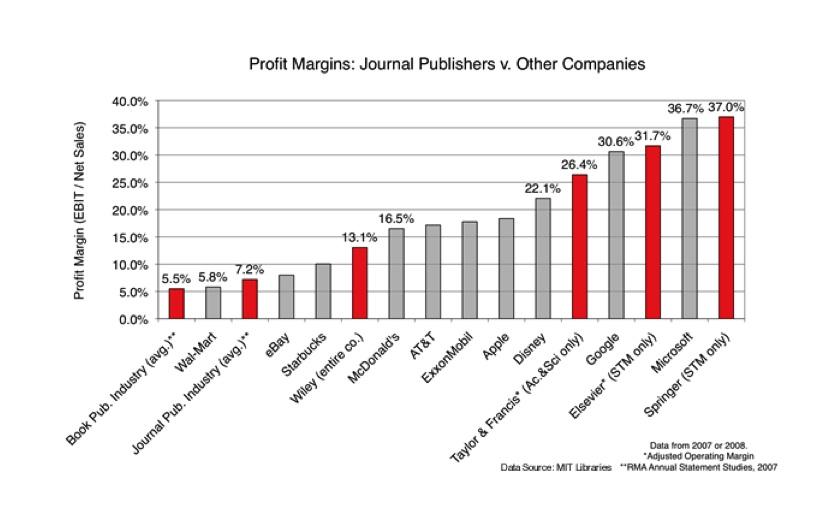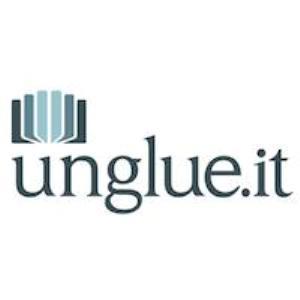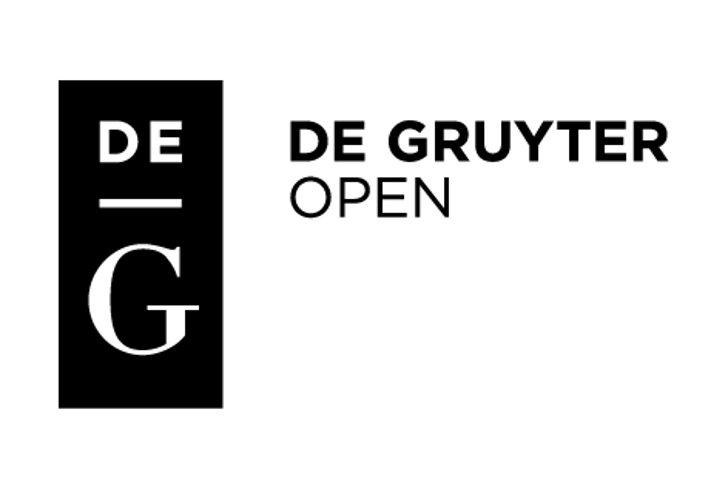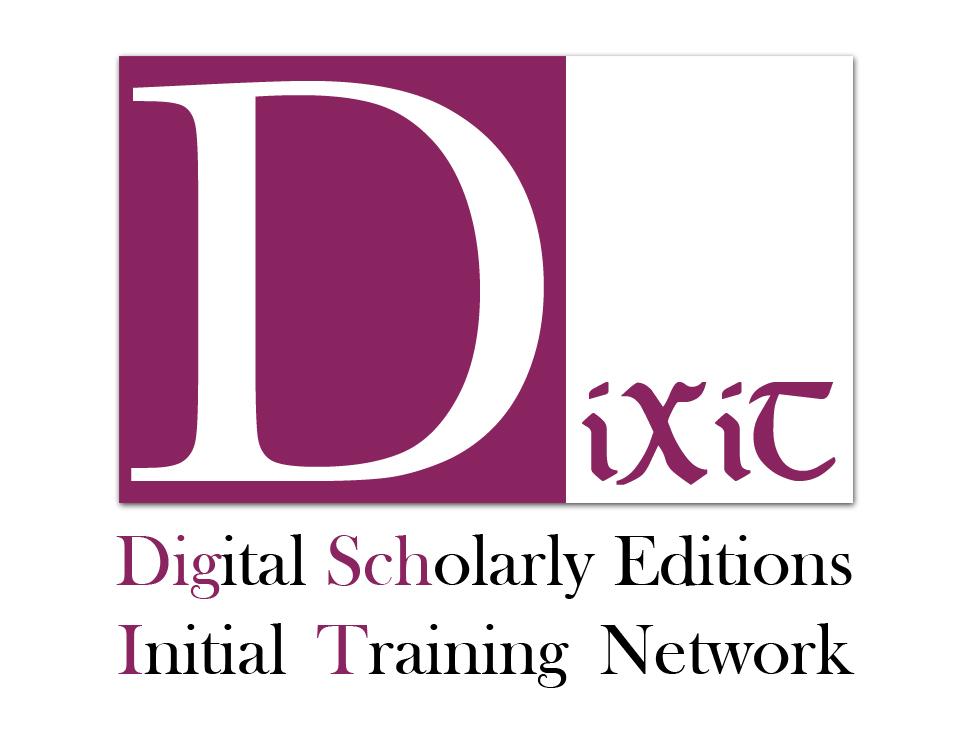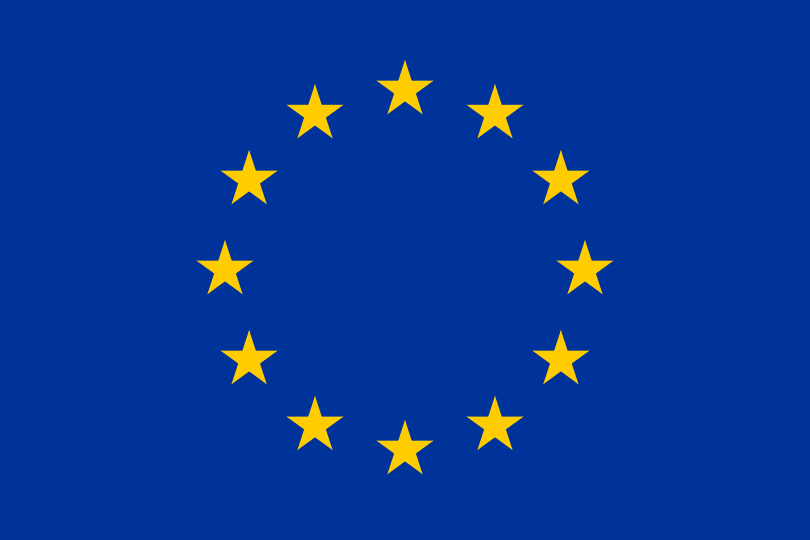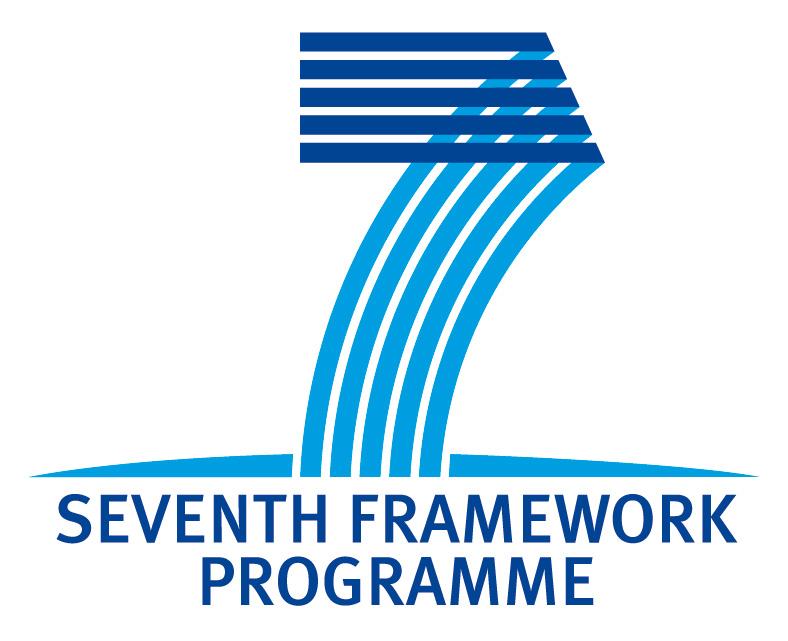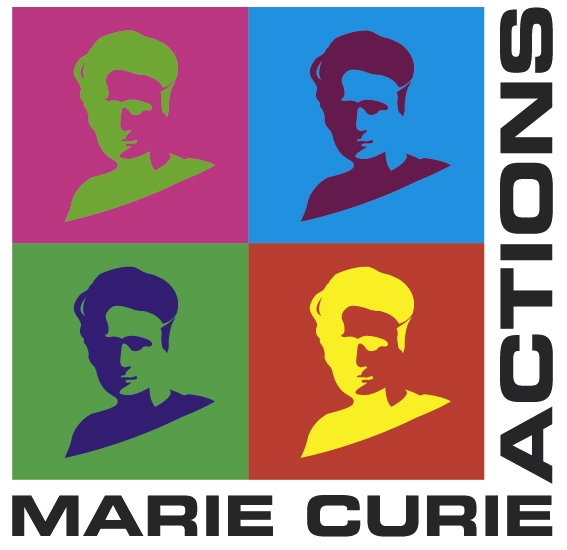ESR 10: Long-Term Business Models in Dissemination and Publishing



About Me
-
Bachelor's in Art History from Michigan State University
- Master's in Library and Information Science from Wayne State University
- Worked as a librarian and researcher after getting master's
- Managed the Digitization Centre at Nazarbayev University in Astana, Kazakhstan
- Participated in the inaugural National Digital Stewardship Residency fellowship at the Library of Congress
- Worked at Dumbarton Oaks on creating a holistic digital asset management solution for a diverse cultural heritage organization
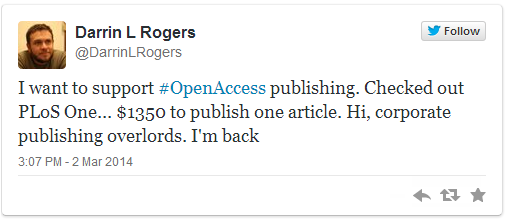

Why is My research necessary?
We need to think of how to transfer this knowledge to future generations, without leaving a great burden of work or cost on them.
So in beginning my research, I’ll be looking at three things:
The history of scholarly publishing
Gaining knowledge in this area will help to provide context for a business model framework, as it will help to situate the current situation within the evolution of the field. Often, we break things like scholarly publication into two historical eras: pre-digital and post-digital. But this fails to acknowledge the nuance of how publishing has changed and grown, and what its fundamental aims have been.
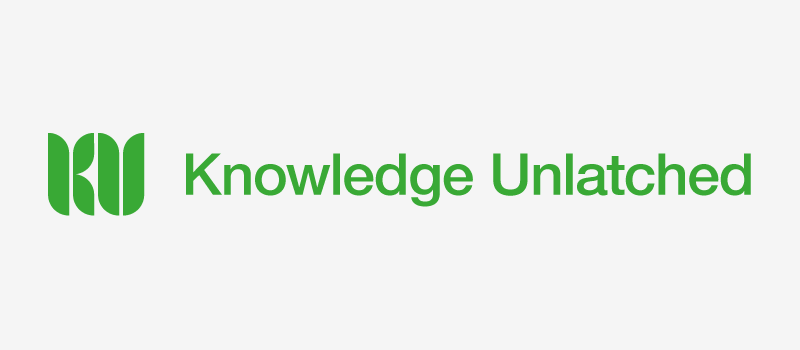

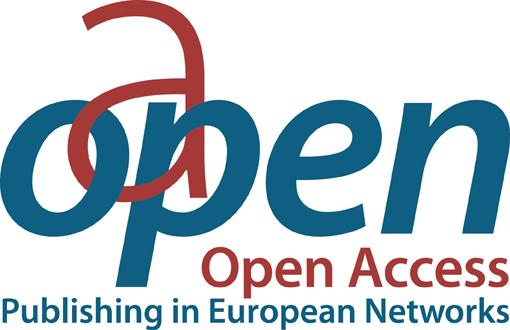
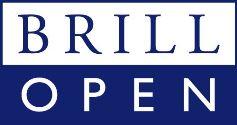

Past and Current publishing models
It is important to look broadly at publishing models, but with a particular eye to how they handle scholarly editions. All of the publishers on the previous slide are of particular interest to this project, as they represent the current diversity in scholarly edition publishing. They approach publishing in different ways, employing models like print-on-demand, freemium access, and subscription.
Innovation in business models
Researching innovative funding models outside of the publishing world will help to gain a better understanding of potential areas to explore in my business model framework.
I will be looking at models like crowdfunding, with small incentives in order to obtain donations, microsales, e.g., the small in-game purchases in mobile gaming made to gain skills, get things, or convert to virtual currency, and the one-for-one donation-style model, where one purchased item equals one item donated.
Main Research Questions
- How does the past inform current and future business model success?
- What are all of the costs involved in a scholarly edition?
- What costs can be diminished and how?
- Who are the beneficiaries and funders? What are their unique attributes?
- How can we assess the agility and efficacy of a business model for the very-long-term?
Images
5. Publishers' Websites
6b. www.toms.com
ESR10: Long-term Business Models in Dissemination and Publishing
By Heidi Dowding
ESR10: Long-term Business Models in Dissemination and Publishing
A presentation made at the first DiXiT fellows meeting on April 27, 2014. This outlines the beginning stages of my research at Huygens ING.
- 5,169


